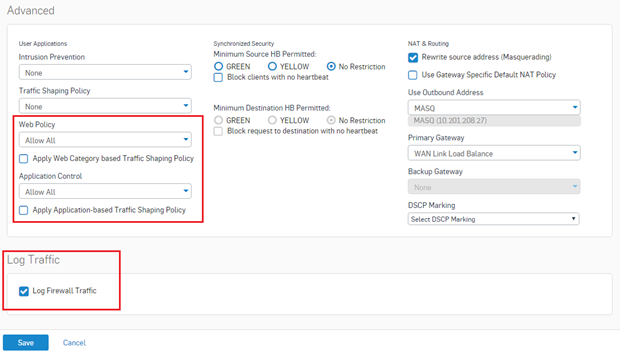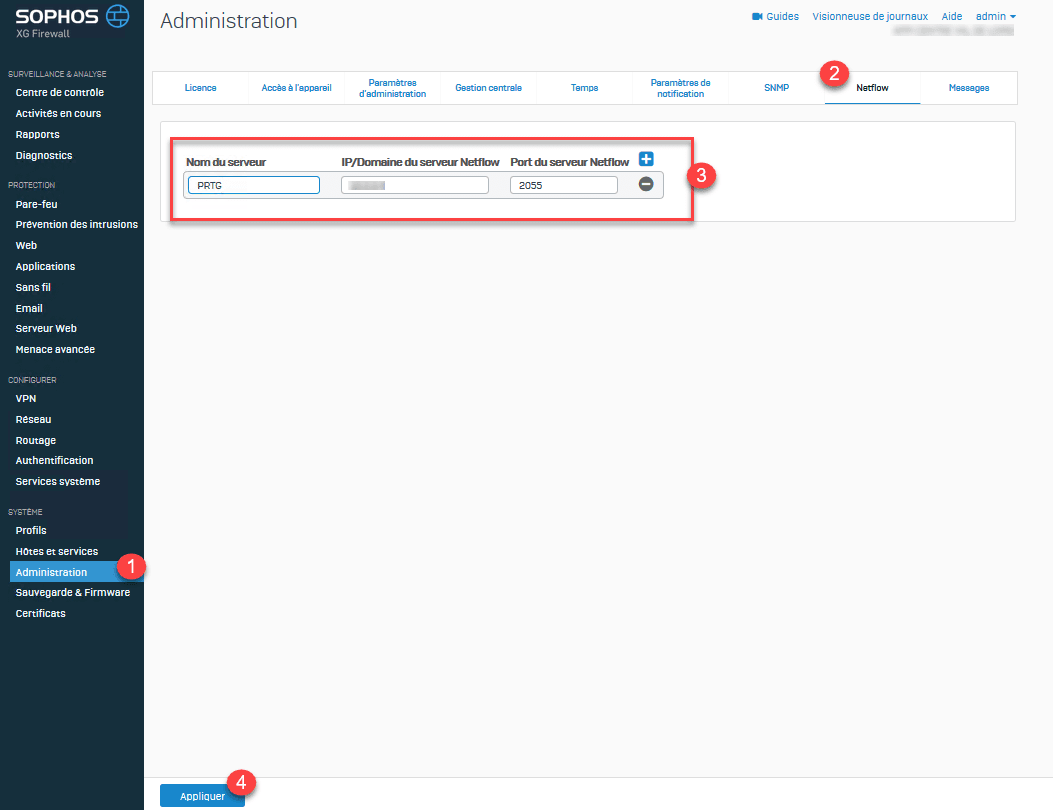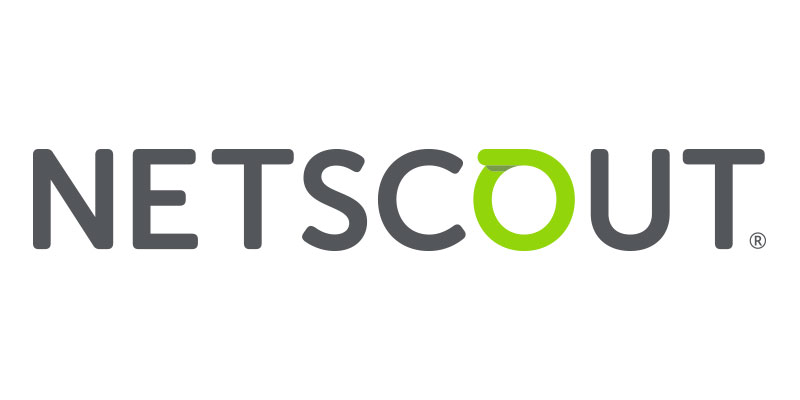Netflow allows you to add, update, or delete Netflow servers. The device offers Netflow, a network protocol, to monitor network bandwidth usage and traffic flow. Netflow records of source, destination and volume of traffic are exported to the Netflow server. The records help you identify the protocols, policies, interfaces and users consuming high bandwidth. Data analyzing tools like Open Source Data Analyzer and PRTG software can generate reports from the Netflow records.
Sophos Central is the unified console for managing all your Sophos products. Sign into your account, take a tour, or start a trial from here. The LM Exchange is a central repository for LogicMonitor’s growing collection of technology integrations. These technology integrations, or LogicModules, are templates and instructions that tell the system what data to collect, how to collect it, how to show it, and how to alert on it.
Netflow configuration
- Enter the Netflow Server name.
- Enter the Netflow server IP/domain. You can enter IPv4 or IPv6 addresses.
- Enter the Netflow server port number (UDP port). Records are sent to the Netflow server over the specified port.
Default: 2055





You can add, update, or delete Netflow servers. The device offers Netflow, a network protocol, to monitor network bandwidth usage and traffic flow. Netflow records of source, destination and volume of traffic are exported to the Netflow server. The records help you identify the protocols, policies, interfaces and users consuming high bandwidth. Data analyzing tools like Open Source Data Analyzer and PRTG software can generate reports from the Netflow records.
Netflow configuration
- Enter the Netflow Server name.
- Enter the Netflow server IP/domain. You can enter IPv4 or IPv6 addresses.
- Enter the Netflow server port number (UDP port). Records are sent to the Netflow server over the specified port.
Default: 2055
How To Configure NetFlow On Sophos SG Firewalls – Auvik Support
